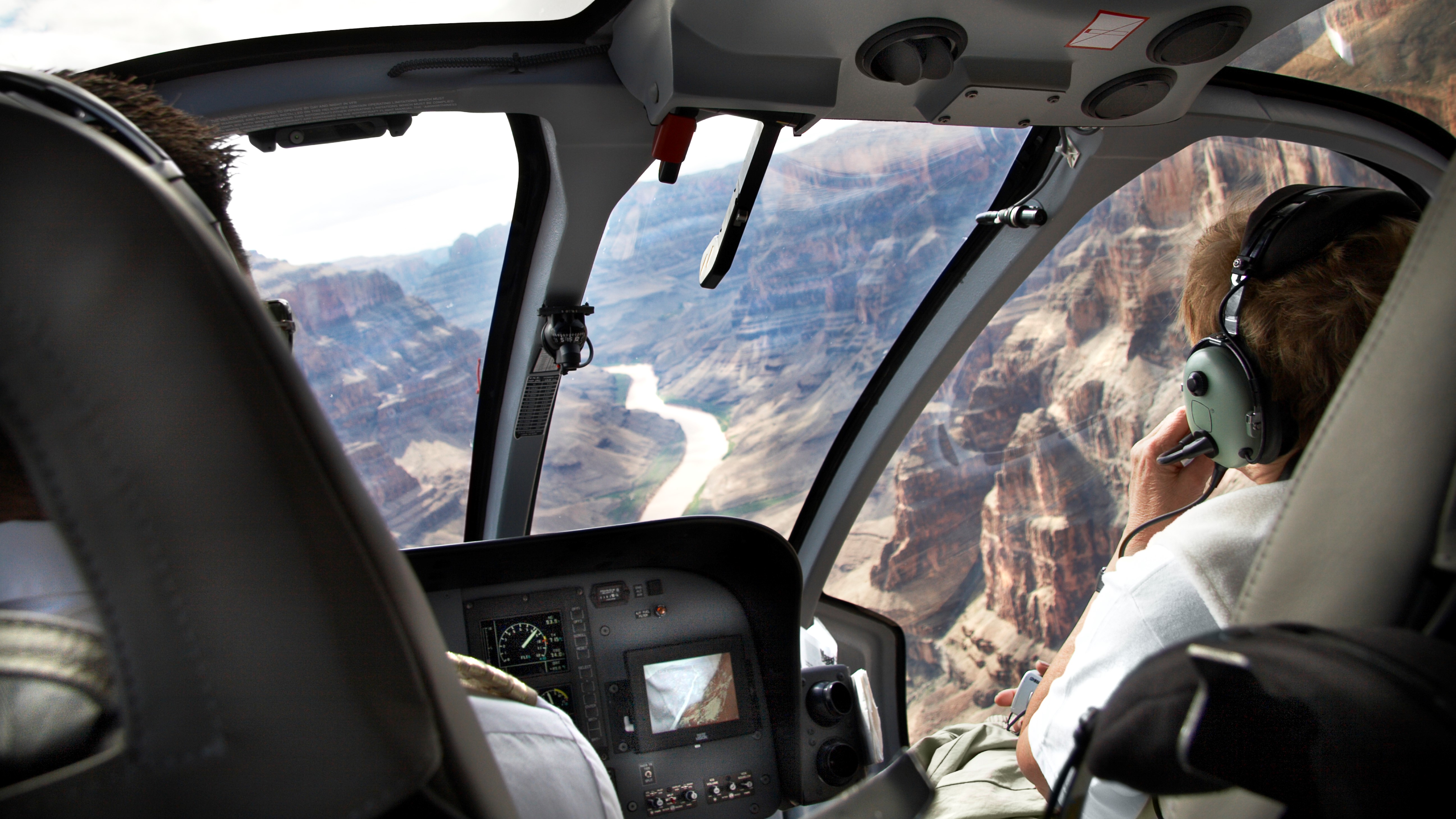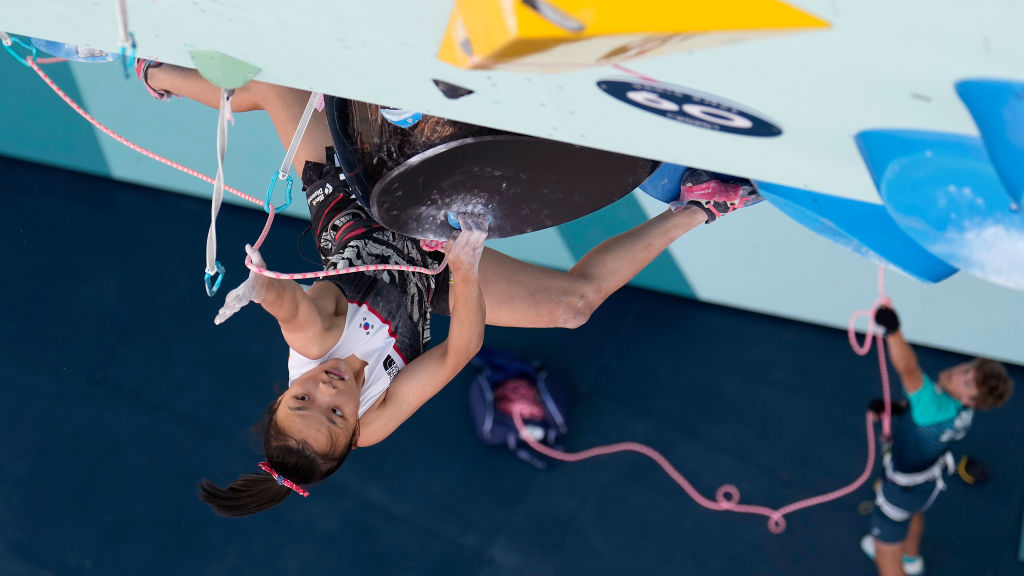'One little thing goes wrong and everybody on the scene is going to die' - Grand Canyon helicopter rescue teams under pressure as hikers succumb to extreme heat
An increase in emergency call outs is being blamed on a trail detour forced by water pipeline works, that means hikers have to take on a longer, more technical route

Hikers exploring the Grand Canyon are being warned to come prepared for extreme heat after a surge in search and rescue helicopter call outs.
Emergency teams were mobilized for life-saving missions some 13 times in one week in May, according to a report in Outside.
The culprit? Hiking detours due to the construction work on the Transcanyon water pipeline.
The works have led to the closure of key routes into and out of the canyon, rerouting hikers onto the Tonto Trail. This trail is both lengthier and more technically challenging than the River Trail, the usual link between the Bright Angel Trail and the North and South Kaibab trails. The detour adds around 4.5 miles (7.25km) to hikers' journeys.
The lack of shade on the trail and recent high temperatures, coupled with the more challenging nature of what hikers are undertaking are thought to be the causes of the uptick in rescues.
Speaking to Outside, Megan Smith, the park's preventive search and rescue supervisor, said that most of the recent helicopter rescues involved hikers who had underestimated the additional challenge of the detour before subsequently suffering from exhaustion, heat illness and dehydration.
Risky rescues
Not only are the detours more challenging for hikers, performing rescues along them is also more difficult for SAR teams, as casualties can be much harder to reach, especially after nightfall. During incidents on May 29, 30 and 31, SAR personnel were required to perform a dangerous manoeuvre called a "hover exit" in order to reach stricken hikers who were beyond terrain where the chopper could land safely. This technique involves leaping from the helicopter as it hovers above the ground.
All the latest inspiration, tips and guides to help you plan your next Advnture!
This was then followed by SAR teams 'short-hauling' the casualty to safety, wherein they're loaded onto a metal litter affixed to the helicopter by a rope. The pilot would then fly the casualty, dangling beneath the helicopter, to a safe place.
"“The risk in all three of these rescues was incredibly high,” Smith told Outside. “One little thing goes wrong and everybody on scene is going to die.” She went on to advise hikers to allow extra time for their chosen route, carry plenty of water and pack quality headlamps with spare batteries.
Be prepared and avoid the heat

Authorities at the Grand Canyon National Park posted an alert on June 3 stating: “Hikers should be prepared with adequate water, sun protection, and a realistic assessment of their physical abilities. Attempting these routes (the detours) during the heat of the day (10am to 4pm) is strongly discouraged.”
They went on to say: "These detour routes are not recommended in the extreme heat of the summer.”
Current trail closures can be seen on the Grand Canyon National Park website.
Read up on our advice on hiking in summer for more tips and get geared up for a hot summer of trail adventures.
Alex is a freelance adventure writer and mountain leader with an insatiable passion for the mountains. A Cumbrian born and bred, his native English Lake District has a special place in his heart, though he is at least equally happy in North Wales, the Scottish Highlands or the European Alps. Through his hiking, mountaineering, climbing and trail running adventures, Alex aims to inspire others to get outdoors. He's the former President of the London Mountaineering Club, is training to become a winter mountain leader, looking to finally finish bagging all the Wainwright fells of the Lake District and is always keen to head to the 4,000-meter peaks of the Alps. www.alexfoxfield.com

